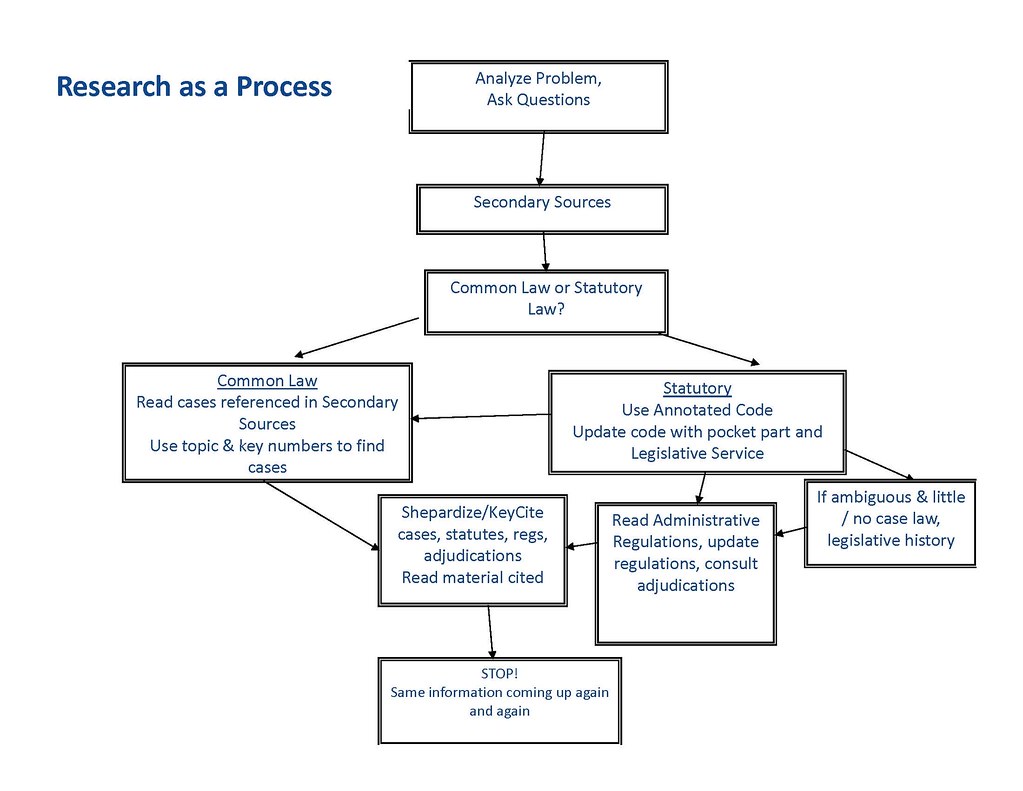Legal materials can fall into two different categories: (1) Primary and (2) Secondary. Statutes are a primary legal source. Statutes are laws of general force and effect enacted by a legislature and signed by an executive. Statutes are fluid in nature. Once enacted the legislature may continuously return to the statute and change (amend) it.
Both state and federal statutes follow the same basic steps going from bill to session law form. Statutes are first enacted by the legislature. Then they are signed by the executive. They may first be published as a slip law. These slip laws are then published as session laws, a chronological arrangement of the enacted laws of a jurisdiction.
Session laws of a permanent and general nature are codified to the statutory code of the jurisdiction. A code is a subject compilation of these laws of a permanent and general nature. The advantages of using a code for research include the fact that codes collate original laws with later amendments, they bring all laws on the same subject together, and they eliminate repealed, superseded, or expired laws.
For more information on the process of a bill becoming law, please consult our legislative history guide: http://guides.libraries.uc.edu/Federal_Legislative_History.
Where do statutes fall in the research process? Well, if you’re following a basic research strategy, after you consult secondary sources and determine that your issue is statutory, you’ll want to go research in an annotated code volume.

 Available to Law Students only (see a reference librarian if you do not have a CALI activation code).
Available to Law Students only (see a reference librarian if you do not have a CALI activation code).
University of Cincinnati Libraries
PO Box 210033 Cincinnati, Ohio 45221-0033
Phone: 513-556-1424
University of Cincinnati
Alerts | Clery and HEOA Notice | Notice of Non-Discrimination | eAccessibility Concern | Privacy Statement | Copyright Information
© 2025 University of Cincinnati
